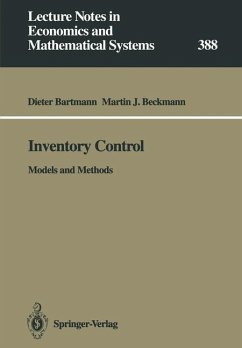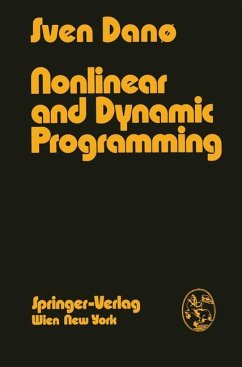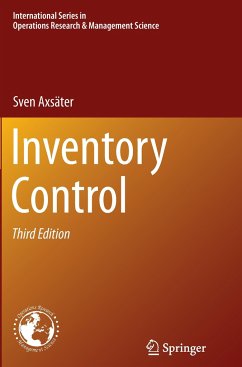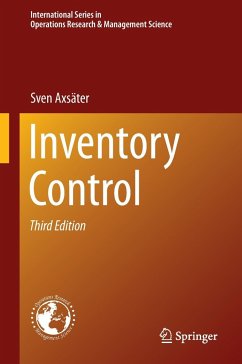
Inventory Control
Models and Methods

PAYBACK Punkte
34 °P sammeln!
Experts in operations research and developers of softwareapplication systems have been treading separate paths formany years. It is urgently necessary to reset this course sothat the demanding requirements of variousCIM concepts canbe realized. This is specially relevant for computer-basedstock management. Both authors, with a number of years ofpractical experience behind them, have written this bookwith this objective in mind. The book shows how moderninventory control can be rationally structured with the helpof OR. Two aspects are given importance:1) the necessarymathematical derivations ar...
Experts in operations research and developers of softwareapplication systems have been treading separate paths formany years. It is urgently necessary to reset this course sothat the demanding requirements of variousCIM concepts canbe realized. This is specially relevant for computer-basedstock management. Both authors, with a number of years ofpractical experience behind them, have written this bookwith this objective in mind. The book shows how moderninventory control can be rationally structured with the helpof OR. Two aspects are given importance:1) the necessarymathematical derivations are completely explained in detailso that the reader will be able to optimally handle a givensituation with the help of the methods learned in this book,and 2) aside from the models, strong emphasis is given onnumerical methods. Suitable algorithms are thoroughlyexplained for the more important cases.














